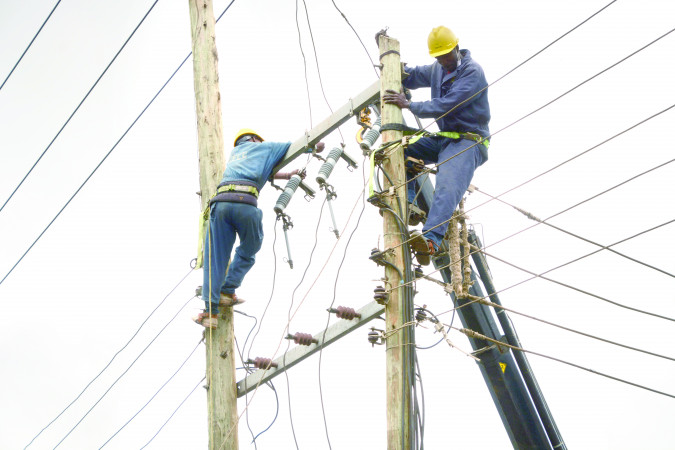Businesses count losses following power outage

A massive power outage hit major parts of the country for close to five hours yesterday before it was restored amid surge in power demand due to economic recovery.
The development caused huge financial losses and additional operation costs to several businesses relying on power for production. The power blackout mainly affected Mt Kenya, Coast region and Nairobi, the main cities hosting vast production processes.
Power supply
The lost power supply was due to a system disturbance, according to Kenya Power. “We are working, in collaboration with other sector players, to restore the power supply as soon as possible. An update on the restoration progress will be issued in due course,” the utility said in a statement. This is the second time this year the country is experiencing a massive power blackout. A similar incident was witnessed early this year following the collapse of high-voltage Kiambere-Embakasi transmission line.
Frequent blackouts attributed mainly due to ageing infrastructure have forced most businesses and wealthy customers to seek alternatives. Last week, Kenya’s demand for power rose to 2121 Megawatts (MW), dropping the buffer capacity to below the 100MW mark, triggering fears over power rationing.
“A new peak demand of 2,121MW was recorded last week clearly showing a rebound from the impact Covid-19 and the war between Russia and Ukraine,” Energy and Petroleum Regulatory Authority (EPRA) Director General Daniel Kiptoo said yesterday. Kenya’s available power stands at 2,200 MW against an installed capacity of 3000 MW.
Most commercial buildings, warehouses, and small businesses stalls were consequently forced to turn to standby diesel-powered generators due to power blackouts.
Power outages often have a huge impact on manufacturers production lines, sometimes causing breakdown to the machines and spoiling goods. Besides the damages, a power outage always causes additional costs to industries as they have to buy fuel to power their alternative.
“These machines are very sensitive so the problem is the effect of power outage and blackout on the machinery and equipment. Also, production impact and all that is normal. But the invisible damage to the equipment is not quantified is where the challenge lies,” Manoj Shah, Osho Chemicals Industries Ltd CEO told Business Hub.
Food products
Manufacturers producing industrial and agricultural chemicals, food products, and automotive who spoke to the Business Hub say they use 15 to 20 litres of fuel for every hour the power goes off.
For some heavy-power users like steel producers, the electrical energy output from diesel-generators is not even enough to power the machines. With the current surge in fuel prices, alternative power generations have also become expensive.













